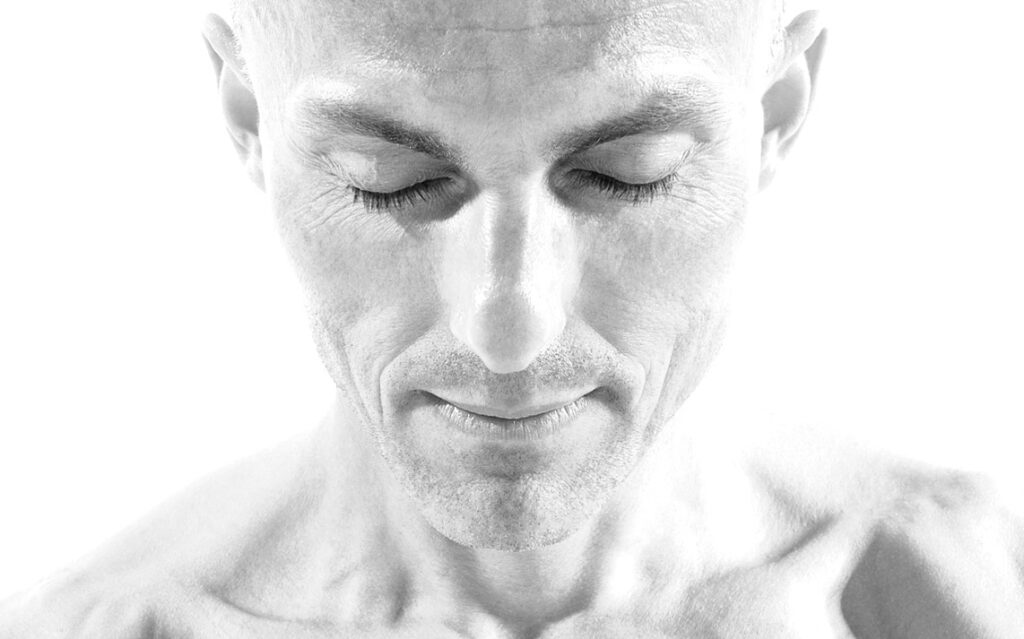There are many contradictions in the current interpretations of yoga. Among the most surprising is the one concerning an apparent discrepancy between the physical and spiritual aspects of yoga. How is “physical” practice related to the spiritual goal of yoga, whether described as enlightenment, self-realization, or otherwise?
The “body emphasis” can be well explained by the simple fact that the spiritual goal of yoga is hardly imaginable for many yoga enthusiasts, while the physical aspects of yoga sādhana are, on the other hand, less abstract. Postural yoga thus appears to be an apt conceptual description of this situation – if it’s still yoga, obviously.
Health and wellbeing benefits are among the most frequent attractors of postural yoga. There is some evidence that yoga can have physical and mental health effects on its practitioners. B.K.S. Iyengar, for instance, supported this claim by stating that yoga gave him back physical health. The matter of fact is, however, that health benefits became visible to him only after almost seven or eight years of rigorous practice. And it was a practice under the direct guidance of Śrī Krishnamacharya, a forefather of the popular postural yoga movement.
But let us limit this consideration to the more fundamental question: what is the meaning of spirituality in yoga? Is it unproblematically solved by introducing to the yoga practice the notion of God, or Īśvara, Krishna, and so on? God is a religious concept. It can be well employed in theology and religious philosophy, but can it sufficiently explain what’s going on here? So, what’s spiritual in yoga?
The spiritual aspect of yoga can be described by the notion of internalization or inversion of consciousness. These terms refer to consciousness, particularly “a reversed movement of attention turned from objects to itself” by which consciousness comes back to itself and recognizes itself as consciousness (see Dojčár, Self-Transcendence and Prosociality, Frankfurt am Main: Peter Lang, 2017, p. 147). The famous Patañjali’s definition of the goal of yoga refers to the same by stating: “Yoga is the inhibition of the fluctuations of the mind/consciousness – yogaś-citta-vrtti-nirodhah” (Yoga Sutras 1:2), and “then the Seer is recognized as such – tadā-draṣṭuḥ-svarūpe-‘vasthānam” (Yoga Sutras 1:3).
According to this framing definition, the goal of yoga consists in stilling or ceasing (Sa. nirodha) the movements of the mind or consciousness (Sa. citta vrtti – “thought-waves” or “mental fluctuations”, which are also “fluctuations of consciousness”) so that the witnessing consciousness (Sa. draṣṭuḥ – “the Seer”; in other traditions of the Indian philosophy termed as ātman, sāksin, or purusa) is recognized as such (Sa. avasthānam), that is, as detached from all mental activities. When is the process of the “yoking” of yoga completed, consciousness rests (Sa. avasthānam) in itself (Sa. svarūpe – “natural state”).
In yoga, stilling or ceasing (Sa. nirodha) movements of the mind/consciousness is intentionally based on manipulation with vital energy (Sa. prāna). With the proper practice of yoga, movements of the life force are under control. The process of controlling prāna (Sa. prāṇāyāma in the narrow sense of the word; in a broader sense, all aspects of yoga practice deal with controlling prāna). Practically this means that prāna is accumulated (also stabilized) in the body through properly executed yama, niyama, and prāṇāyāma, and further is compressed (also centralized and transformed as for its vibrational quality) through the processes of ekāgratā (Sa. single-pointed concentration or one-pointedness). Compression of prāna is executed by means of pratyahara (withdrawal of prāna and consciousness from sensory organs), dhāranā (concentration), and dhyāna (enstasis). Compression of vital energy is experienced as beingness (Sa. sat – “being, beingness”) and manifested as an electromagnetic field with high-frequency electric voltage. Ekāgratā happens when this kind of electromagnetic field (pure beingness) is established as the bases on which consciousness can settle down and rest without obstruction (citta vrtti). Then beingness and consciousness are spontaneously merged into unity, and the equanimous state of samādhi is realized. In this state, consciousness is recognized as such, i.e., in its pure, that is, contentless essence as the very source of one’s identity – the Self (draṣṭuḥ, ātman, sāksin, purusa).
In other words, “the inhibition of the fluctuations of the mind/consciousness,” Patañjali speaks about, is not self-serving but has a specific meaning critical for the understanding of yoga: it is the “inner portal” behind the curtain of phenomenal reality, or rather its psycho-mental representations, to the all-permeating “basis” of phenomenal reality – the only beingness founding the plurality of beings; the still background on which everything appears; the light of consciousness enlightening all that is.
All the limbs of classical yoga serve this very purpose – internalization culminating in stillness (of the mind; in experience manifested as vital energy stabilized, centralized, and transformed in terms of its frequency) and clarity of awareness (pure consciousness). They all contribute to its realization in their own way. And it is this kind of internalization that makes yoga spiritual.

